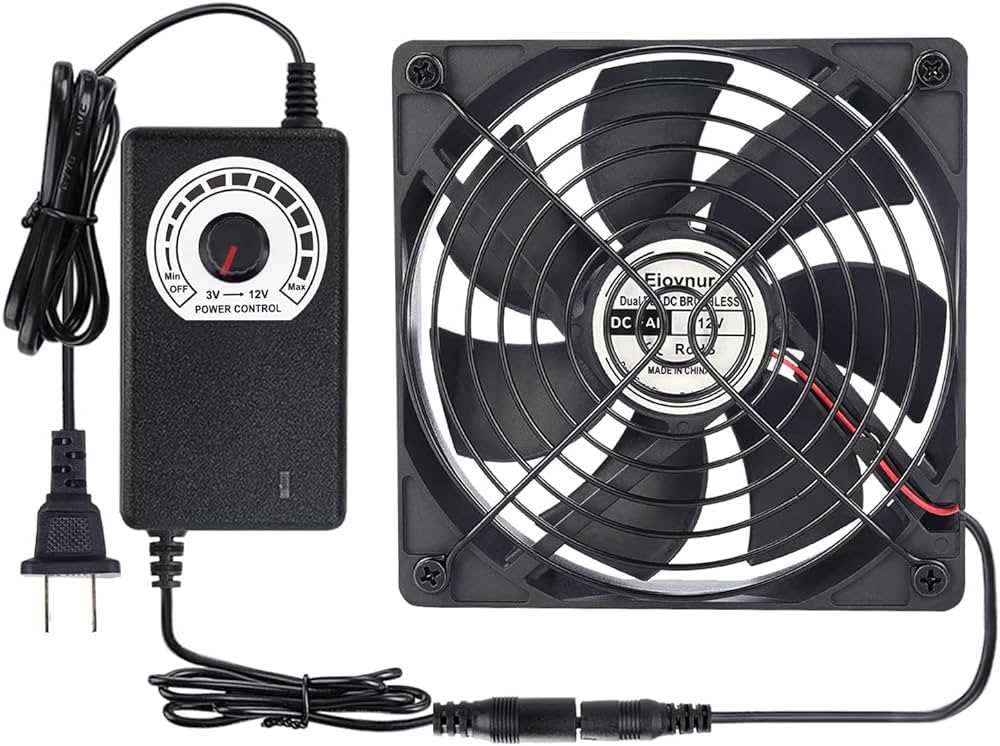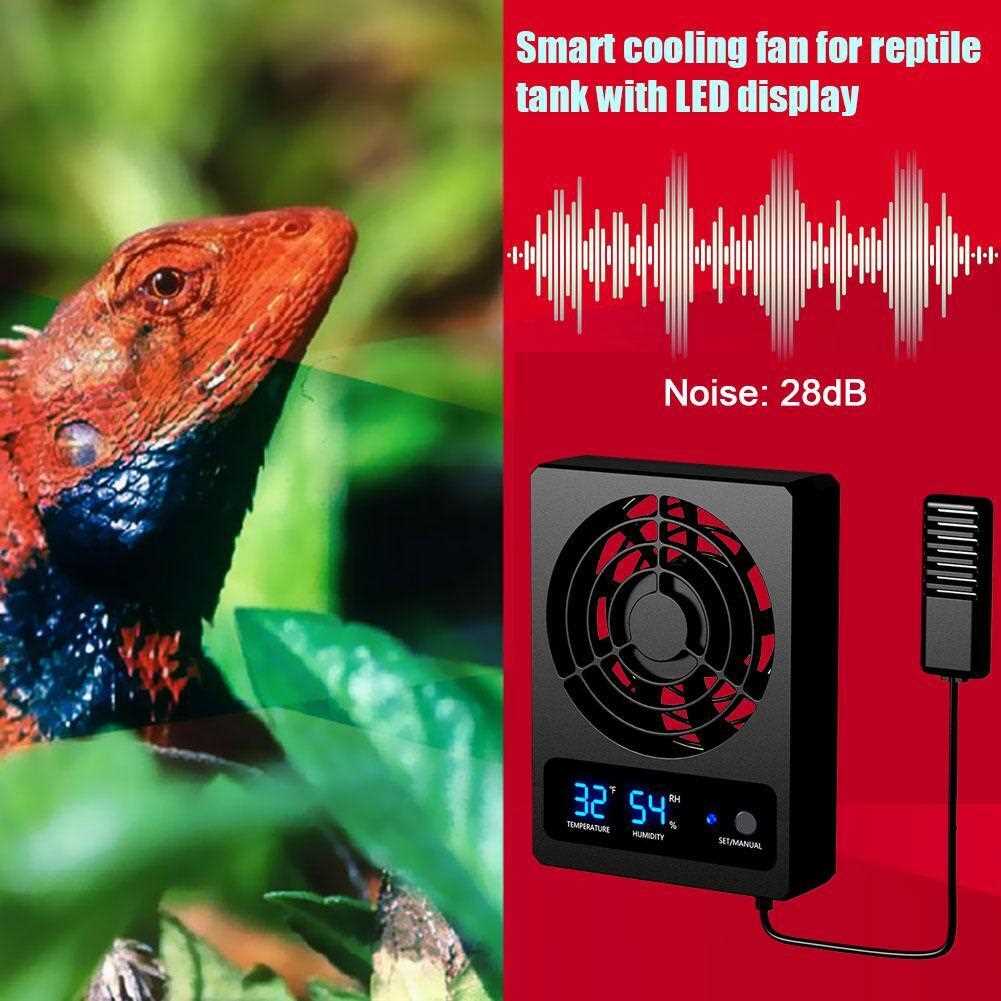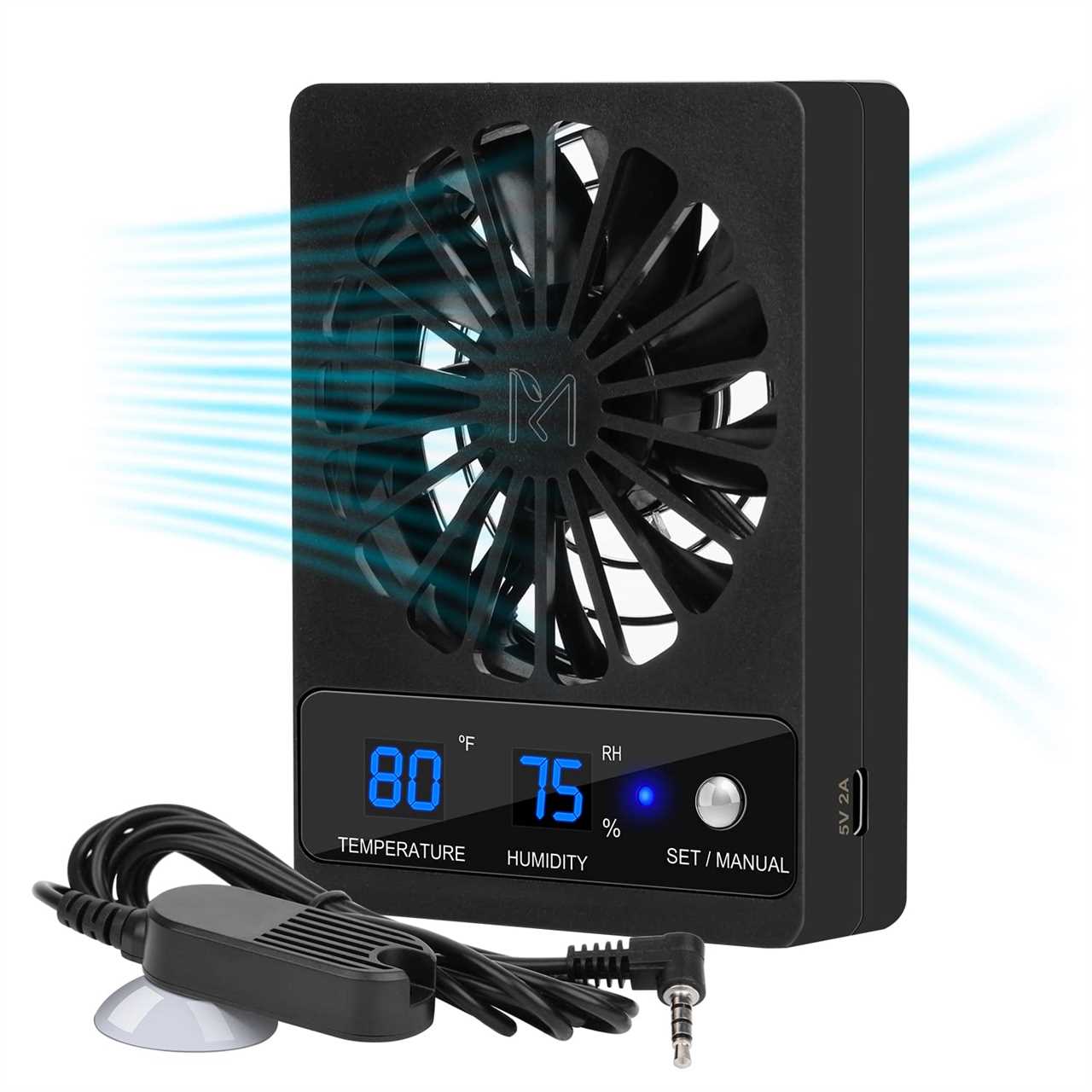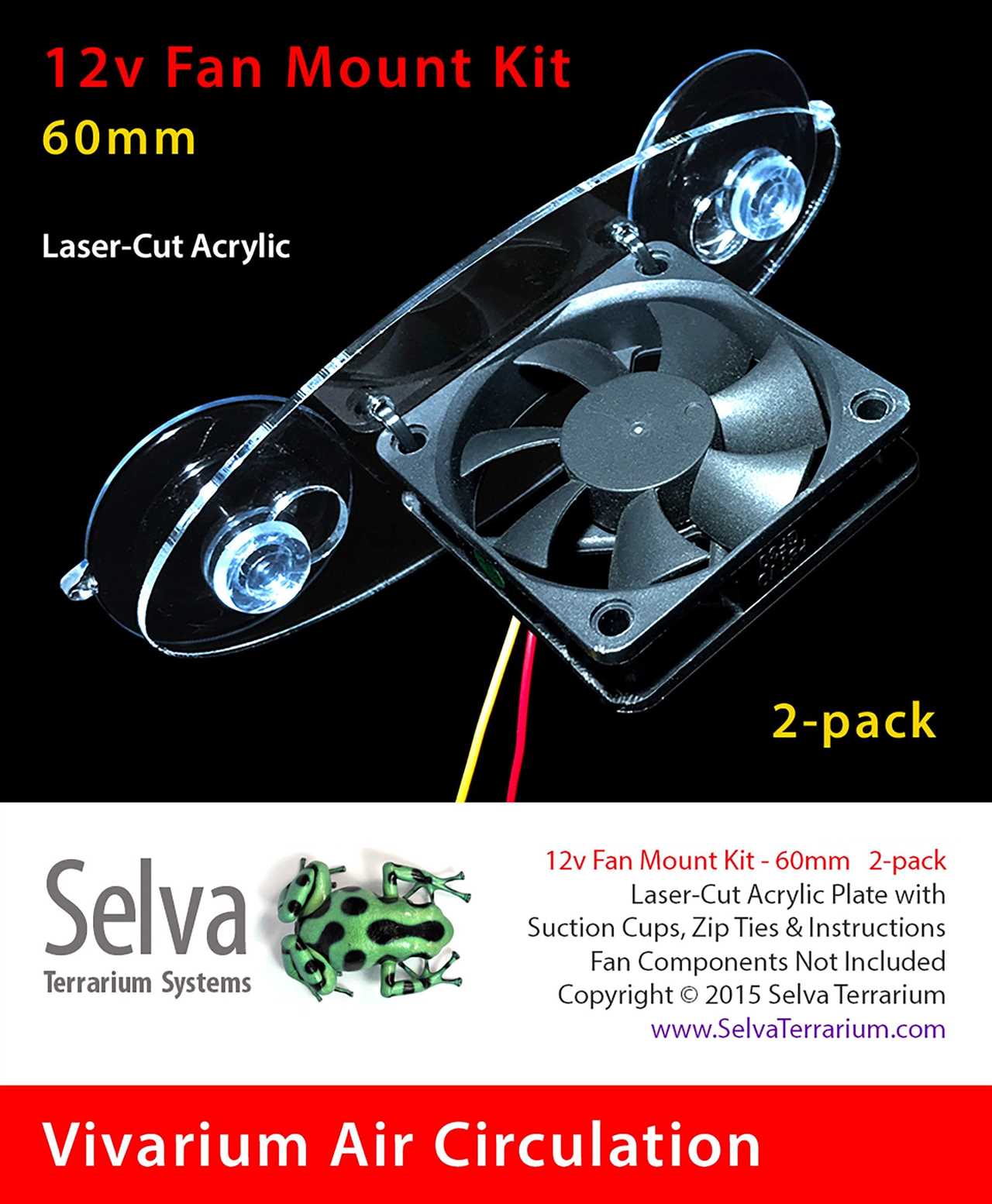Are you a nature lover looking to bring a piece of the great outdoors into your home? If so, a terrarium might be the perfect solution for you. A terrarium is a miniature enclosed ecosystem, typically made from glass, that allows you to create and care for your very own little world. It’s like having a piece of nature right on your desktop or shelf!
In addition to soil, moss is often used in terrariums to create a lush and natural aesthetic. Moss not only adds a touch of greenery but also helps to retain moisture and create a humid environment. It’s like having your own little rainforest inside a glass container! You can choose from various types of moss, such as sheet moss or cushion moss, to add texture and visual interest to your terrarium.
To make your terrarium truly unique and decorative, consider adding some decorative elements such as small figurines, pebbles, or driftwood. These will add a personal touch and make your terrarium a conversation piece. Just be careful not to overcrowd the space, as you want to leave room for your plants to grow and breathe.
What is a terrarium?
A terrarium is a small, enclosed ecosystem that is created and maintained indoors. It typically consists of a glass container that is filled with soil, plants, and decorative elements. The enclosed environment provides the perfect conditions for plants to thrive, as it creates a mini greenhouse effect.
Moss is often a key component of a terrarium, as it adds a lush, green element that enhances the overall aesthetic. Additionally, leafy plants such as ferns and small succulents are commonly used due to their ability to adapt to the enclosed environment.
The glass container used for a terrarium allows for easy observation of the plants and helps to maintain the humidity levels required for their growth. Some terrariums may have lids or removable tops to further regulate the moisture levels.
Creating a terrarium is not only a fun and creative activity, but it also has several benefits. It can serve as a beautiful and decorative piece for your home or office, adding a touch of nature to your space. Additionally, terrariums are relatively low maintenance and can be enjoyed by individuals of all gardening skill levels.
Overall, a terrarium is a miniature world that allows you to bring the beauty of nature indoors while providing a unique and visually appealing display.
Why create your own terrarium?
A terrarium is a miniature ecosystem that is enclosed within a glass container. It typically consists of soil, plants, and moss, creating a green and decorative display. Creating your own terrarium can be a rewarding and enjoyable experience for several reasons.
1. Environmental Benefits: Terrariums are a great way to bring nature indoors. They provide a small piece of the natural world within your living space and can contribute to improved air quality. Plants in the terrarium absorb carbon dioxide and release oxygen, helping to create a healthier environment.
2. Low Maintenance: Terrariums require minimal care and attention compared to traditional gardens. The enclosed environment creates a self-sustaining ecosystem, reducing the need for frequent watering and fertilizing.
3. Educational Value: Terrariums can be a valuable educational tool, especially for children. By observing the plants and the interactions within the tiny ecosystem, children can learn about the water cycle, photosynthesis, and the delicate balance of nature.
4. Stress Relief: Creating and caring for a terrarium can be a calming and therapeutic activity. It allows you to disconnect from the outside world and focus on the nurturing and growth of the plants. The act of tending to a living thing can help reduce stress and create a sense of purpose.
5. Humidity Control: Terrariums help to create a controlled environment with higher humidity levels. This can be beneficial for certain plants that thrive in humid conditions and can also improve the moisture content of the surrounding air.
6. Aesthetic Appeal: Terrariums serve as beautiful decorative pieces in any setting. With a wide variety of plant options and container designs to choose from, you can create a terrarium that matches your personal style and enhances the overall ambiance of your space.
Overall, creating your own terrarium offers numerous benefits, including environmental, educational, and aesthetic advantages. It is a simple yet impactful way to bring nature into your home and enjoy the beauty of a miniature ecosystem.
Benefits of having a terrarium
A terrarium is a decorative glass container that creates a unique and mini ecosystem. The enclosed space provides a controlled environment for plants to thrive, making it an ideal option for those with limited space or who want to bring a touch of nature indoors.
Increase in humidity
One of the main benefits of a terrarium is the increase in humidity. Due to the enclosed environment, moisture is retained within the container, creating a mini greenhouse effect. This can be particularly beneficial for plants that thrive in humid conditions, such as tropical or rainforest species.
Low maintenance
Another advantage of having a terrarium is that it requires minimal maintenance. The closed container acts as a self-sustaining ecosystem, circulating moisture through condensation and recycling nutrients. This means less watering and fertilizing compared to traditional potted plants.
Variety of plant options
Terrariums offer a wide range of plant options. From small succulents to leafy greens and moss varieties, there are countless plants to choose from. This allows you to create a unique and personalized display, adding beauty and life to any space.
Indoor gardening
Having a terrarium allows you to indulge in indoor gardening, even if you have limited space. Whether you live in an apartment or have a small room, a terrarium can be a perfect way to bring nature inside and enjoy the benefits of gardening.
Aesthetically pleasing
In addition to the practical advantages, terrariums are also aesthetically pleasing. The enclosed glass container can act as a stunning centerpiece or a beautiful accent in any room. The vibrant colors and textures of the plants create a visually appealing display that adds a touch of nature to your home or office.
Choosing the right container for your terrarium
One of the most popular choices for a terrarium container is glass. Glass containers are not only visually appealing and decorative, but they also provide transparency, allowing you to observe the beautiful green world you have created inside. The transparency of glass containers also allows for maximum exposure to natural light, which is essential for the growth and development of your plants.
When selecting a glass container for your terrarium, opt for one that has a wide opening to make it easier to add soil, plants, and decorative elements. A wide opening will also allow for proper airflow within the terrarium, ensuring that the plants receive sufficient oxygen.
Types of glass containers
There are several types of glass containers that are suitable for creating a terrarium. Some popular options include:
- Clear glass bowls or vases: These containers are readily available and come in various sizes and shapes. They are perfect for creating small to medium-sized terrariums.
- Glass jars or bottles: Recycling glass jars or bottles can be a cost-effective option for creating a terrarium. Mason jars and wine bottles are particularly popular choices.
- Wardian cases or glasshouses: These larger glass containers are designed specifically for terrariums and provide ample space for creating a more elaborate and diverse ecosystem.
Choosing the right size
When selecting the size of your terrarium container, it is crucial to consider the types of plants you wish to include. If you plan on growing large and leafy plants, you will need a larger container to accommodate their growth. Conversely, if you prefer smaller plants or succulents, a smaller container will suffice.
Selecting the right plants for your terrarium
When creating a terrarium, one of the most important steps is selecting the right plants. The plants you choose will not only contribute to the aesthetic appeal of your terrarium, but also determine the overall health and longevity of the enclosed ecosystem.
Consider the humidity requirements

Pay attention to soil requirements
The type of soil you use in your terrarium is another important consideration when selecting plants. The soil should be well-draining to prevent waterlogged conditions that can lead to root rot. It should also be nutrient-rich to support plant growth.
A good option for terrariums is a mixture of potting soil, peat moss, and perlite. This combination provides adequate drainage while retaining moisture and nutrients. Avoid using regular garden soil, as it may compact and impede root growth.
Choose decorative and green plants
Consider plants with interesting textures, colors, and leaf shapes. Pothos, fittonia, and prayer plants are popular choices for terrariums due to their vibrant foliage. You can also mix different types of plants to create a visually appealing arrangement.
Opt for glass containers
When selecting a container for your terrarium, it is best to choose one made of glass. Glass containers provide the ideal conditions for plant growth by allowing sunlight to pass through, while also trapping the moisture within the terrarium.
By considering the humidity requirements, soil needs, and choosing appropriate plants and containers, you can create a thriving and visually stunning terrarium that will bring a touch of nature indoors.
The Importance of Proper Lighting for Your Terrarium

Why is lighting important for terrariums?
Light plays a crucial role in the growth and health of plants. In a terrarium, where the plants are enclosed in glass, lighting becomes even more important. Since terrariums are usually small, they may not receive as much natural light as plants grown outdoors. Therefore, it is essential to provide adequate artificial lighting to ensure the plants receive the necessary light energy for photosynthesis.
Choosing the right lighting for your terrarium
One common option for terrarium lighting is fluorescent lights. These lights are energy-efficient, produce low heat, and are available in various spectrums suitable for plant growth. LED lights are another popular choice for terrariums due to their energy efficiency and versatility. They can be adjusted to provide the specific color spectrum needed for optimal plant growth.
Lighting duration and intensity
It’s recommended to use a timer to ensure consistent light exposure for your terrarium. This will also help to mimic natural daylight cycles and promote the health and growth of your plants.
Monitoring and adjusting lighting
Regularly monitor the light conditions within your terrarium to ensure that your plants are receiving adequate light. If you notice any signs of etiolation (weak, elongated growth), it may indicate that the plants are not receiving enough light. In such cases, you can adjust the lighting duration or intensity accordingly.
It’s also important to consider the ambient lighting in the room where your terrarium is placed. If the room receives bright, indirect light, you may need to adjust the artificial lighting to avoid providing too much light to your terrarium.
How to Properly Water Your Terrarium
Here are some tips for properly watering your terrarium:

- Observe the humidity level: Terrariums are designed to create a humid microclimate that mimics the natural environment of rainforests. The enclosed nature of terrariums helps to retain moisture, reducing the frequency of watering. Use a hygrometer to monitor the humidity level inside your terrarium
- Water sparingly: Unlike traditional potted plants, terrariums require less frequent watering due to the closed system. The moisture within the terrarium is recycled, reducing the need for regular watering. Only water when the soil is dry to the touch.
- Use a misting bottle: Instead of pouring water directly onto the soil, use a misting bottle to gently spray water onto the plants and the inside walls of the terrarium. This helps to create a fine mist that distributes moisture evenly and prevents overwatering.
- Avoid overwatering: Overwatering is one of the most common mistakes when caring for a terrarium. Excess water can lead to root rot and the growth of mold or fungi. Ensure that the terrarium has proper drainage and remove any excess water that accumulates at the bottom of the container.
- Pay attention to the plants: Different plants require different levels of moisture. Check the care instructions for each plant in your terrarium to determine its specific water needs. Some plants, like succulents, prefer drier conditions, while others, like ferns, thrive in more humid environments.
Proper watering is essential for maintaining the lush, green appearance of your terrarium. By following these guidelines and regularly monitoring the moisture levels, you can create a healthy and thriving mini ecosystem within your terrarium.
Caring for the ecosystem within your terrarium
When you create an enclosed, decorative terrarium, you are essentially creating a mini ecosystem that requires careful attention and care. The success of your terrarium depends on maintaining the right balance of moisture, temperature, and nutrients for the plants inside to thrive.
Creating a balanced and thriving ecosystem within your terrarium requires attention to detail and regular monitoring. By providing the right conditions for your plants to grow, you can enjoy a beautiful and self-sustaining miniature garden right in your own home.
Troubleshooting common terrarium problems
While terrariums can provide a beautiful and decorative addition to your home, they can also come with their own set of problems. Here are some common issues you may encounter with your terrarium and how to troubleshoot them:
1. Humidity imbalance: Terrariums are essentially enclosed ecosystems, and maintaining the right level of humidity is crucial for the health of your plants. If you notice excessive condensation on the glass, it means the humidity levels are too high. On the other hand, if the glass remains dry, it indicates low humidity. To address high humidity, remove the lid for a while to allow some moisture to evaporate. If the humidity is low, mist the terrarium with water or place a small dish of water inside.
2. Soil issues: The type of soil you use in your terrarium can greatly impact the health of your plants. If you notice that the soil is not draining properly and is constantly wet, it may be an indication of too much water or the wrong type of soil. Ensure that the soil is well-draining and use a mixture of potting soil and sand or perlite. You can also add activated charcoal to the soil to prevent odors and fungal growth.
4. Lack of sunlight: Proper lighting is essential for the photosynthesis process of plants. If your terrarium is not receiving enough light, you may notice weak or yellowing leaves. Place your terrarium near a window where it can receive bright, indirect sunlight for a few hours each day. If you don’t have access to natural light, you can use artificial grow lights to supplement the light requirements.
5. Pests: Even in an enclosed environment, pests can find their way into your terrarium. Look out for signs of infestation such as webs, tiny insects, or damage to the leaves. Remove any affected plants and inspect the others closely. You can prune the affected leaves or, in severe cases, use an organic insecticidal soap or natural pest control methods.
By troubleshooting these common problems, you can ensure that your terrarium remains a healthy and thriving mini ecosystem. Keep an eye on humidity, soil moisture, lighting, and pests to create an ideal environment for your beautiful leafy plants.
How to propagate plants in your terrarium
What is plant propagation?
Plant propagation is the process of creating new plants from existing ones. In the case of a terrarium, this involves taking cuttings or offshoots from the original plant and encouraging them to grow into independent plants. This can be a simple and rewarding way to expand your terrarium’s plant collection.
How to propagate plants in your terrarium
1. Choose the right plant: Look for a healthy and mature plant in your terrarium that you’d like to propagate. It’s best to choose a plant that has multiple stems or offshoots.
2. Prepare the tools: Before taking any cuttings, gather the necessary tools such as sharp scissors or pruning shears. Make sure the tools are clean and sterilized to prevent any diseases from spreading.
3. Take the cutting: Carefully remove a stem or offshoot from the plant. The cutting should be at least a few inches long and include a few leaves. Cut just below a node, which is where new roots will form.
4. Prepare a suitable rooting medium: Fill a small pot or container with a well-draining soil mix, such as a blend of potting soil and perlite or sand. Make a small hole in the soil for the cutting to be inserted.
5. Plant the cutting: Dip the end of the cutting in rooting hormone, if desired, to promote root growth. Insert the cutting into the hole you made in the soil, ensuring that at least one node is covered with soil.
6. Provide the right conditions: Place the pot or container in a location with bright, indirect light. Maintain a consistent level of humidity by using a spray bottle to mist the cutting regularly. Make sure the soil remains moist but not waterlogged.
7. Watch for root growth: Over time, the cutting will develop roots and start to establish itself as a new plant. This process can take a few weeks to a few months, depending on the plant and conditions.
8. Transplant into the terrarium: Once the roots have developed and the new plant is stable, carefully transplant it into your terrarium. Choose a location that provides enough space for the plant to grow and thrive.
Tips for successful plant propagation
2. Make sure to provide the right conditions for root development, including adequate light, humidity, and moisture.
Propagating plants in your terrarium is a rewarding and sustainable way to expand your collection and ensure the longevity of your miniature ecosystem. With a bit of patience and practice, you’ll be able to create a lush and thriving terrarium filled with an array of beautiful plants.
Creating a themed terrarium
If you want to add a unique touch to your terrarium, creating a themed terrarium can be a fun and creative way to do so. A themed terrarium allows you to design your mini ecosystem based on a specific theme, such as a desert, rainforest, or beach.
Start by selecting a container that reflects the theme you want to create. For a desert themed terrarium, a shallow glass container with sand and rocks can be an excellent choice. If you are going for a rainforest theme, a taller container with leafy plants and moss can create a lush and tropical atmosphere.
Once you have the appropriate container, choose plants that match the theme you’ve chosen. For a beach-themed terrarium, you could include small decorative seashells and succulents that resemble palm trees. Make sure the plants you choose have similar care requirements and can thrive in an enclosed environment.
Incorporate different elements into your themed terrarium, such as miniature figurines or small decorations that represent the theme you’ve chosen. These decorative items can add visual interest and help bring your theme to life.
Creating a themed terrarium can be a great way to express your creativity and add a touch of personality to your mini ecosystem. Whether you choose a desert, rainforest, or beach theme, the key is to select the right container, plants, and decorative elements to bring your vision to life. With proper care and maintenance, your themed terrarium will continue to thrive and serve as a unique and eye-catching addition to your home or office.
Cleaning and maintaining your terrarium
1. Remove any dead or yellowing leaves: It is normal for some leaves to die off over time. Remove them carefully with a pair of tweezers or small scissors to maintain the leafy and vibrant appearance of your terrarium.
2. Trim overgrown plants: If any of the plants in your terrarium start to grow too big or touch the sides of the glass, trim them back with pruning shears. This will prevent the plants from becoming too crowded and allow for proper air circulation.
3. Wipe down the glass: Over time, the glass of your terrarium may develop fingerprints or water spots. Use a soft, lint-free cloth and some glass cleaner to gently wipe down the inside and outside of the glass. This will help showcase the beauty of your terrarium and improve visibility.
4. Regularly check for pests: Inspect your terrarium for any signs of pests, such as aphids or fungus gnats. If you spot any, remove the affected plants and treat them accordingly. You can use organic pest control methods or consult a professional for advice.
5. Maintain proper moisture levels: Keeping a balance of moisture in your terrarium is crucial. Monitor the soil regularly and adjust the watering schedule accordingly. If the soil appears dry, mist it lightly with water. If it appears too wet, remove the lid for a short period of time to allow excess moisture to evaporate.
6. Replenish nutrients: Over time, the soil in your terrarium may become depleted of nutrients. To ensure the health of your plants, consider adding a small amount of fertilizer to the soil every few months. Be sure to follow the instructions on the fertilizer package and avoid over-fertilizing.
7. Rotate the terrarium: To promote even growth, rotate your terrarium every few weeks. This will ensure that all the plants receive adequate light and prevent them from leaning towards a specific direction.
By following these cleaning and maintenance steps, you can keep your terrarium looking its best and enjoy the beauty of the enclosed green world you have created. Regular care will help your terrarium thrive and provide you with an attractive and decorative addition to your home or office.
Showing Off Your Terrarium: A Guide to Displaying and Sharing Your Mini Ecosystem
After all the hard work you’ve put into creating and caring for your terrarium, it’s time to showcase it and share it with others. Whether you’ve created a decorative display piece or a fully functional ecosystem, there are several ways you can show off your terrarium and let others enjoy its beauty.
2. Creating a Centerpiece
3. Grouping Terrariums Together

For those with multiple terrariums, creating a display by grouping them together can make a stunning statement. Arrange them in varying heights and sizes to create visual interest. You can also add other plant-related elements such as potted plants or hanging vines to create a lush and vibrant display.
4. Showcasing Different Themes
If you have created terrariums with different themes, consider arranging them in a way that tells a story. For example, if you have a beach-themed terrarium, you can place it next to a terrarium with a desert theme to create a contrast. This can be a great conversation starter and allows others to appreciate the creativity and diversity in your collection.
5. Hosting Terrarium Workshops
If you’re passionate about terrariums and want to share your knowledge with others, consider hosting terrarium workshops. Invite friends, family, or even strangers to learn about creating and caring for their own mini ecosystems. This not only allows you to share your terrariums but also creates a sense of community and connection among fellow terrarium enthusiasts.

I’m Lena Adams—a product of an unconventional upbringing in the African wilderness. My father, a daring explorer of African wildlife, sparked my fascination with reptiles, a passion that intertwined with the tragic loss of my mother during an expedition, leaving an indelible mark on my life. Driven to understand the creatures that captivated my parents, I embarked on my journey, sharing insights about reptiles, frogs, and lizards on my website. Through my explorations and conservation efforts, I honour my family’s legacy while seeking connections—to the creatures, nature, and the mother whose presence I yearn to understand.
